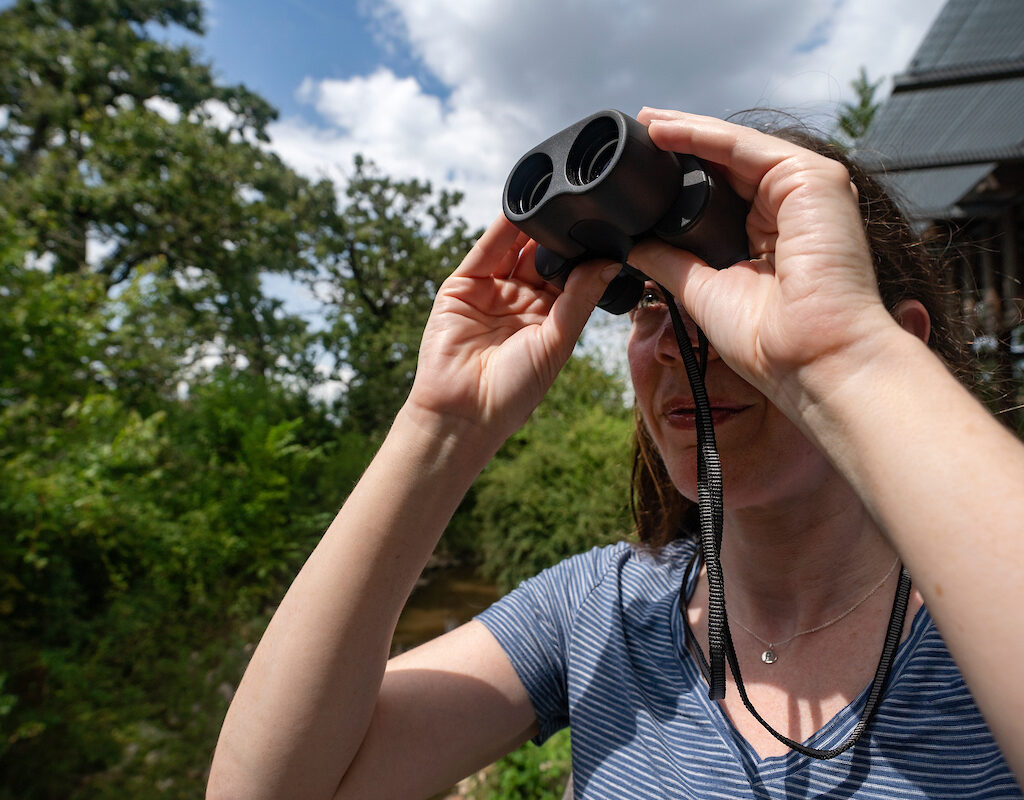Birding with Texas A&M AgriLife Extension Service
- Type
- Program

Overview
Contact
Extension Specialists coordinate multiple events, camps and workshops related to birding including:
- Birding the Hill County
- Rio Diablo Birding Camp
- Learn to Bird
- PUMA Day
More choices in Environment & Natural Resources
- Publication
This publication provides practical information about ranch management and is contained in easy-to-read tables and charts that forms a handy reference for ranchers.
- Course
This course will help land owners and managers become familiar and confident to manage invasive and encroaching brush species with individual plant treatment (IPT) herbicide applications.
- Course
This self-paced course provides a brief introduction to rangeland ecology and management, covering topics such as brush control, drought preparation, grazing stewardship, and plant identification.
- Course
This course provides producers with details on various grass species that are adapted to Texas and can be utilized as forage (pasture, hay, baleage or silage).
- Course
An aerobic septic system, or aerobic treatment unit (ATU), uses oxygen to breakdown both dissolved and solid constituents into gases, cell mass, and non-degradable material contained in wastewater. This online course will teach you how to properly maintain and operate your ATU. You will have 30 days from the day you register to complete this program. If you do not complete the program within this limit, your registration will expire, and you will need to pay the registration fees again to start over.
- Course
The Texas Watershed Steward (TWS) online program is a statewide educational program designed to improve the quality of Texas’ water resources by educating and informing local stakeholders about their watershed, potential impairments, and steps that can be taken to help improve and protect water quality in their watershed.
